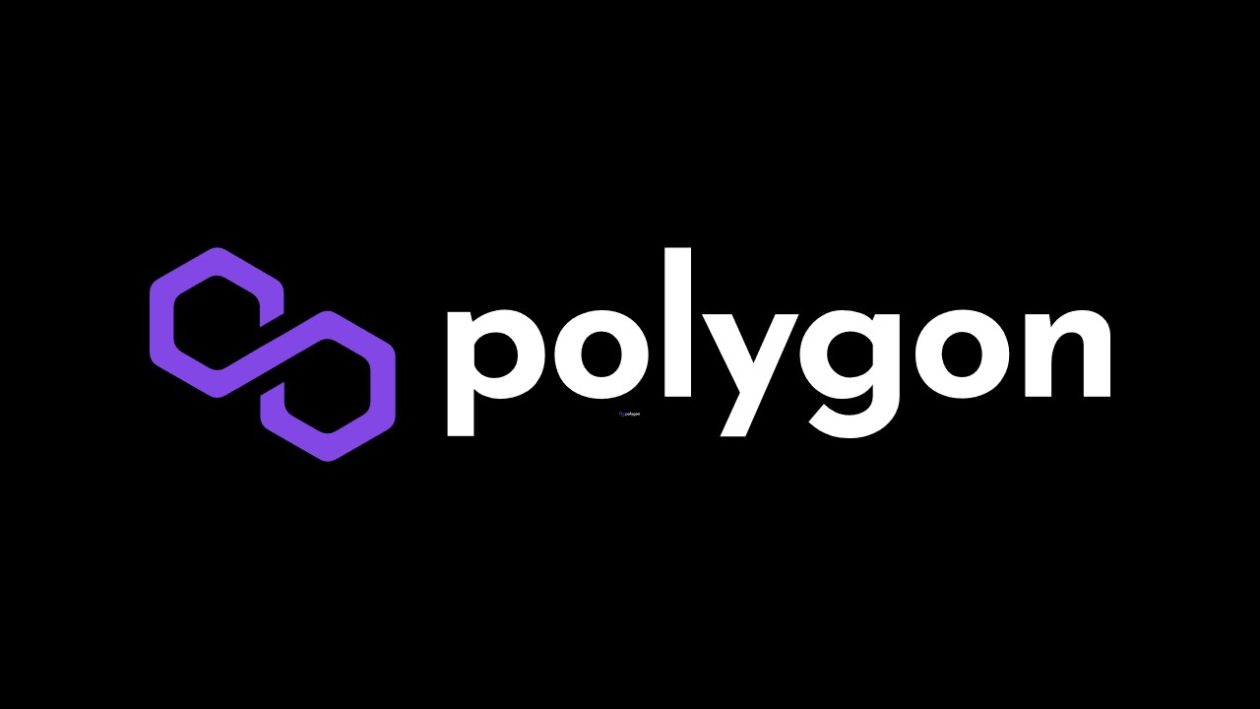What is Polygon (MATIC)?

Hire Arrive
Cryptocurrency
about 1 year ago

Polygon, formerly known as Matic Network, is a Layer-2 scaling solution built on the Ethereum blockchain. Instead of directly processing transactions on Ethereum's mainnet, which can be slow and expensive, Polygon utilizes a network of interconnected sidechains to handle transactions, significantly improving speed and reducing costs. Think of it as a highway system built alongside the main road (Ethereum) to alleviate congestion and allow for faster travel.
Addressing Ethereum's Scalability Issues:
Ethereum, while incredibly powerful and secure, suffers from scalability limitations. As its popularity grows, transaction fees (gas fees) can become prohibitively expensive, and transaction processing times can be lengthy. This hinders the adoption of decentralized applications (dApps) and limits the overall usability of the network. Polygon tackles this head-on by offering a more efficient and cost-effective way to interact with Ethereum-based applications.
How Polygon Works:
Polygon's architecture employs a variety of solutions to enhance Ethereum's scalability:
* Plasma Chains: These are child chains that run parallel to the main Ethereum blockchain. Transactions are bundled and processed on the Plasma chain, then periodically verified on the main Ethereum chain, ensuring security and finality. * ZK Rollups: These use cryptographic techniques to compress transaction data, allowing for a large number of transactions to be processed and verified efficiently on the main Ethereum chain. This offers high security and scalability. * Optimistic Rollups: Similar to ZK Rollups, these bundle transactions, but they use a different approach to verification, relying on a challenge mechanism to ensure validity. * Standalone Chains: These are independent blockchains that are secured by Polygon's own consensus mechanism, allowing for greater flexibility and customization.
Key Features and Benefits:
* Low Transaction Fees: Compared to Ethereum's mainnet, transactions on Polygon are significantly cheaper, making it more accessible to users. * Fast Transaction Speeds: Polygon offers significantly faster transaction confirmation times, enhancing the user experience. * Ethereum Compatibility: Polygon is fully compatible with Ethereum, meaning existing Ethereum-based dApps can easily be deployed on Polygon with minimal modifications. * Security: Polygon leverages Ethereum's security infrastructure for the ultimate security of funds. While sidechains introduce some additional security considerations, they are designed to be secure and resistant to attacks. * Scalability: The core purpose of Polygon is scalability. It handles a high throughput of transactions, making it suitable for large-scale applications.
MATIC Token:
The native token of the Polygon network is MATIC. It is used for various purposes within the ecosystem, including:
* Staking: Users can stake MATIC to secure the network and earn rewards. * Transaction Fees: MATIC is used to pay for transaction fees on the Polygon network. * Governance: MATIC holders can participate in governance decisions regarding the future development of the Polygon network.
Conclusion:
Polygon is a vital player in the Ethereum ecosystem, providing a crucial solution to its scalability challenges. Its innovative approach to scaling, combined with its low transaction fees and fast transaction speeds, has attracted a large and growing community. As the demand for decentralized applications continues to increase, Polygon's role in providing a more efficient and accessible Ethereum experience is likely to become even more important. However, it's crucial to understand that while Polygon enhances scalability, it still relies on the Ethereum mainnet for ultimate security. Therefore, users should always exercise due diligence and thoroughly research any project before interacting with it.